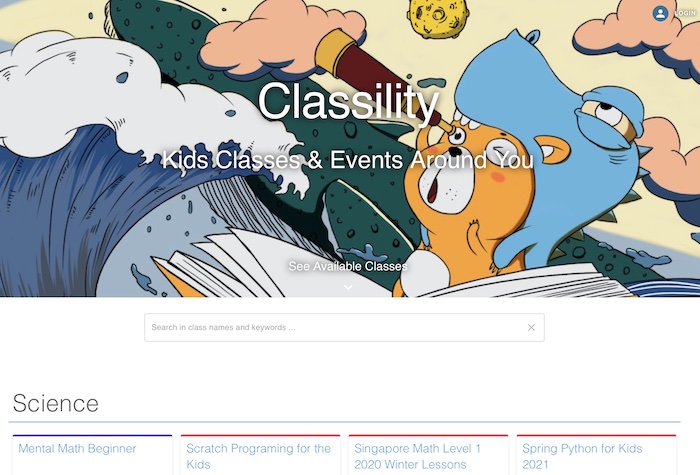|
Researches:
|
|
Li, Nico, Wesley Willett, Ehud Sharlin, and Mario Costa Sousa. "Visibility perception and dynamic viewsheds for topographic maps and models." Proceedings of the 5th Symposium on Spatial User Interaction, ACM. 2017.
Download This Paper
|
|
Abstract:
We compare the effectiveness of 2D maps and 3D terrain models for visibility tasks and demonstrate how interactive dynamic viewsheds can improve performance for both types of terrain representations. In general, the two-dimensional nature of classic topographic maps limits their legibility and can make complex yet typical cartographic tasks like determining the visibility between locations difficult. Both 3D physical models and interactive techniques like dynamic viewsheds have the potential to improve viewers’ understanding of topography, but their impact has not been deeply explored. We evaluate the effectiveness of 2D maps, 3D models, and interactive viewsheds for both simple and complex visibility tasks. Our results demonstrate the benefits of the dynamic viewshed technique and highlight opportunities for additional tactile interactions. Based on these findings we present guidelines for improving the design and usability of future topographic maps and models.
|
|
Li, Nico, Ehud Shalin, and Mario Costa Sousa. "Duopography: using back-of-device multi-touch input to manipulate spatial data on mobile tangible interactive topography." SIGGRAPH Asia 2017 Mobile Graphics & Interactive Applications, ACM. 2017.
Download This Paper
|
|
Abstract:
In this short paper we present the design and prototype of Duopography, a dual-surface mobile tangible interface for spatial representation and manipulation of topography. We discuss the possibility and potential of mounting a back-of-device multi-touch surface behind an interactive 3D physical topographic model, turning the physical topography into a dual-surface interface with a front irregular surface and a flat back-of-device one. The flat back of Duopography supports gestures that are hard to perform on the irregular front, which acts an interactive sketching surface that provides tangibility and visual augmentation. We present our current prototype and the results of a preliminary evaluation reflecting on some of the weakness and strengths of Duopography.
|
|
Li, Nico, Stephen Cartwright, Ehud Shalin, and Mario Costa Sousa. "Flying Frustum: A Spatial Interface for Enhancing Human-UAV Awareness." the Third International Conference on Human-Agent Interaction (iHAI 2015). 2015.
Download This Paper
|
|
Abstract:
We present Flying Frustum, a 3D spatial interface that enables control of semi-autonomous UA Vs (Unmanned Aerial Vehicles) using pen interaction on a physical model of the terrain, and that spatially situates the information streaming from the UAVs onto the physical model. Our interface is based on a 3D printout of the terrain, which allows the operator to enter goals and paths to the UAV by drawing them directly on the physical model. In turn, the UAV’s streaming reconnaissance information is superimposed on the 3D printout as a view frustum, which is situated according to the UAV’s position and orientation on the actual terrain. We argue that Flying Frustum’s 3D spatially situated interaction can potentially help improve human-UAV awareness, allow a better operators-to-UAV ratio, and enhance the overall situational awareness. We motivate our design approach for Flying Frustum, discuss previous related work in CSCW and HRI, present our current prototype using both handheld and headset augmented reality interfaces, reflect on Flying Frustum’s strengths and weaknesses, and discuss our plans for future evaluation and prototype improvements.
|
|
Li, Nico, Daniel J. Rea, James E. Young, Ehud Sharlin, and Mario Costa Sousa. "And he built a crooked camera: a mobile visualization tool to view four-dimensional geometric objects." SIGGRAPH ASIA 2015 Mobile Graphics and Interactive Applications. ACM, 2015
Download This Paper
|
|
Abstract:
The limitations of human perception make it impossible to grasp four spatial dimensions simultaneously. Visualiza- tion techniques of four-dimensional (4D) geometrical shapes rely on visualizing limited projections of the true shape into lower dimensions, often hindering the viewer's ability to grasp the complete structure, or to access its spa- tial structure with a natural 3D perspective. We propose a mobile visualization technique that enables viewers to bet- ter understand the geometry of 4D shapes, providing spatial freedom and leveraging the viewer’s natural knowledge and experience of exploring 3D geometric shapes. Our proto- type renders 3D intersections of the 4D object, while allow- ing the user continuous control of varying values of the fourth dimension, enabling the user to interactively browse and explore a 4D shape using a simple camera-lens-style physical zoom metaphor.
|
|
Li, Nico, Stephen Cartwright, Ehud Shalin, and Mario Costa Sousa. "Ningyo of the CAVE: Robots as Social Puppets of Static Infrastructure." the Second International Conference on Human-Agent Interaction (iHAI 2014). 2014.
Download This Paper
|
|
Abstract:
In this paper, we present a view of robots as physical agents submitting to a static infrastructure, allowing a computerized static system to use the robot as a dynamic puppet, which is a social agent that can communicate on physical and social terms with its human users and visitors. We demonstrate our approach with Ningyō of the CAVE, a prototype designed to allow a virtual reality CAVE facility to introduce its capabilities to human users and visitors. Through the robot, the CAVE is able to highlight capabilities and uses of the facility through performance, showmanship and physical actions to create an engaging interaction that conveys an overview of the facility and demonstrates its key functionalities. We examine the quality of the resulting engagement with preliminary reflection by several human visitors to our CAVE system.
|
|
scroll to top
|

 ACM Digital Library
ACM Digital Library